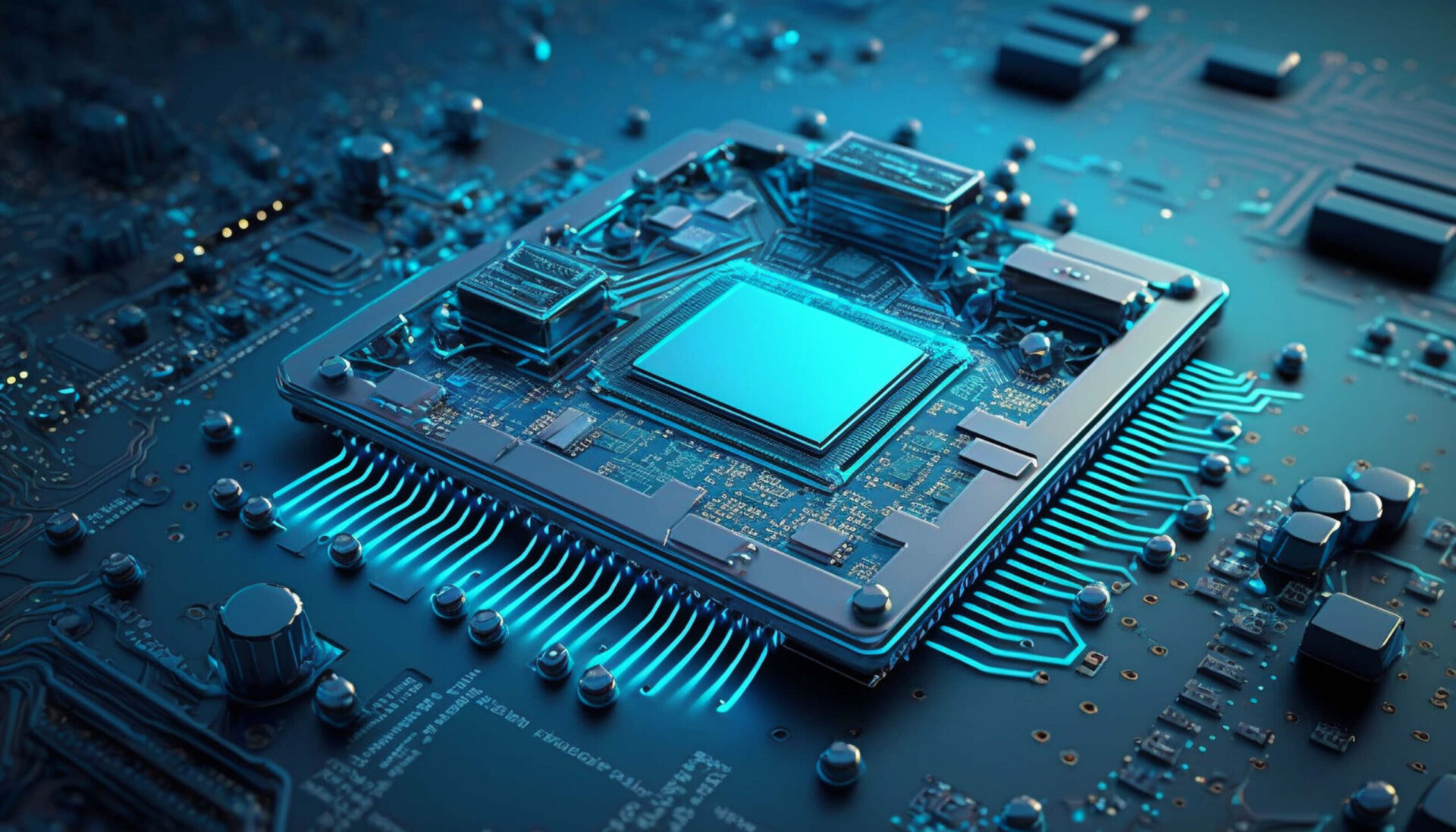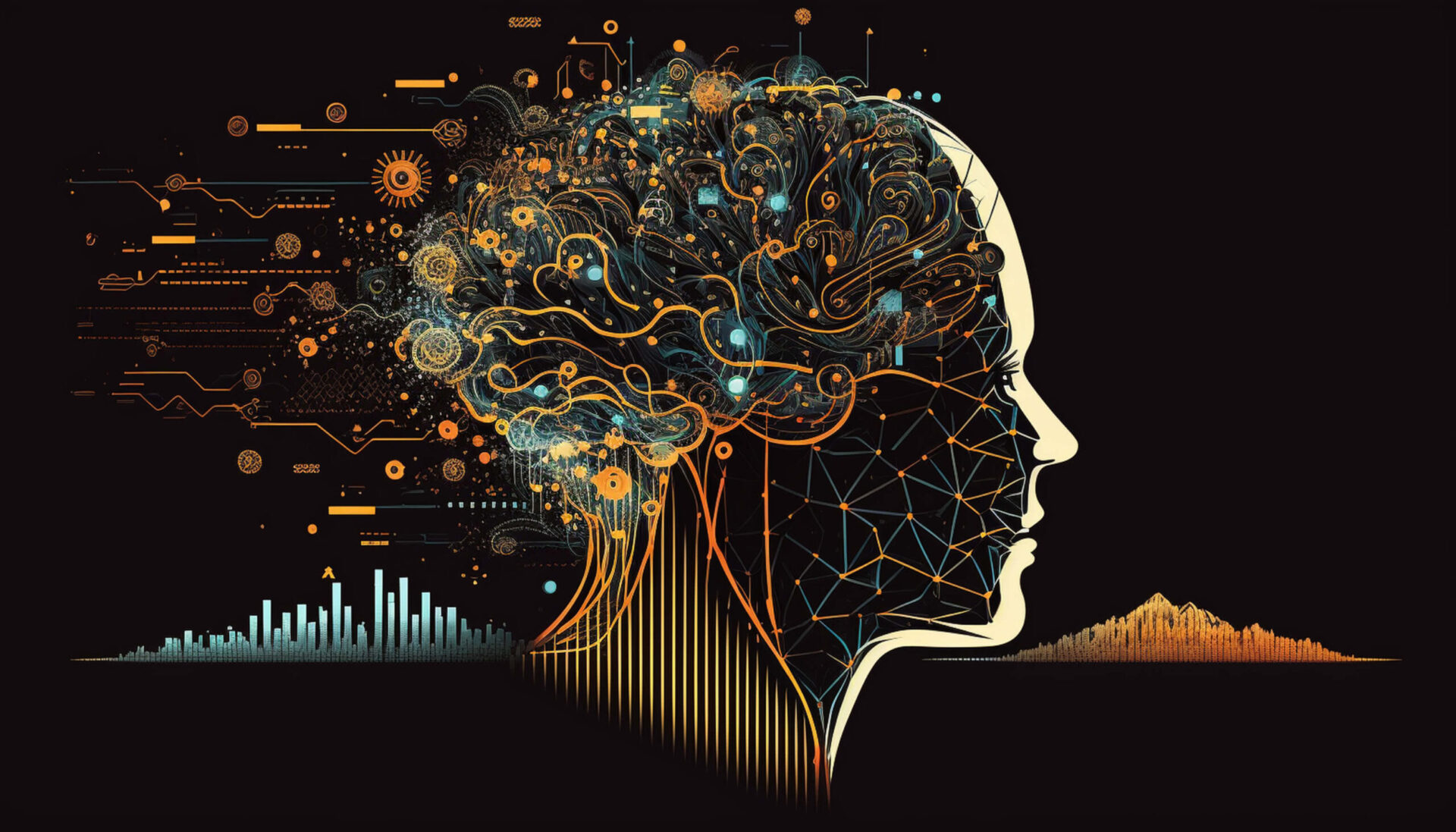Artificial Intelligence (AI) and Machine Learning (ML) are two cutting-edge technologies that have gained significant attention in recent years. These technologies have the potential to revolutionize various industries and transform the way we live and work. In this article, we will explore the basics of AI and ML, understand their relationship, and discuss their real-world applications, challenges, and future trends.
Introduction
AI and ML are often used interchangeably, but they represent distinct concepts. AI refers to the development of machines or systems that can perform tasks that typically require human intelligence. ML, on the other hand, is a subset of AI that focuses on enabling machines to learn from data and improve their performance over time without being explicitly programmed.
What is AI?
Definition of AI
AI can be defined as the simulation of human intelligence in machines that are programmed to think and learn like humans. It encompasses various subfields such as natural language processing, computer vision, expert systems, and robotics. AI systems can analyze vast amounts of data, make informed decisions, recognize patterns, and even mimic human behavior.
AI Applications
AI has found applications in numerous domains, including virtual assistants, recommendation systems, autonomous vehicles, fraud detection, and medical diagnosis. Virtual assistants like Siri and Alexa leverage AI algorithms to understand and respond to human commands, while recommendation systems like those used by Netflix and Amazon suggest personalized content based on user preferences.
What is ML?
Definition of ML
ML is a subset of AI that focuses on developing algorithms and models that enable machines to learn and improve from data without being explicitly programmed. ML algorithms can identify patterns, make predictions, and uncover hidden insights from vast datasets.
ML Algorithms
ML algorithms can be broadly categorized into three types: supervised learning, unsupervised learning, and reinforcement learning. Supervised learning algorithms learn from labeled data to make predictions or classify new data. Unsupervised learning algorithms, on the other hand, discover patterns and relationships in unlabeled data. Reinforcement learning algorithms learn through trial and error by receiving feedback in the form of rewards or penalties.
The Relationship Between AI and ML
How AI and ML Work Together
ML is a fundamental component of AI. AI systems often rely on ML algorithms to process and interpret vast amounts of data, extract meaningful insights, and make intelligent decisions. ML enables AI systems to learn from experience and improve their performance over time.
AI vs. ML
While AI and ML are closely related, they are not the same. AI is a broader concept that encompasses various approaches to mimic human intelligence, including ML. ML, on the other hand, is a subset of AI that focuses on algorithms and models that enable machines to learn from data.
Real-World Applications of AI and ML
AI and ML have found wide-ranging applications across various industries. Let's explore some of the key domains where these technologies are making a significant impact.
Healthcare
In healthcare, AI and ML are being used for early disease detection, personalized medicine, drug discovery, and medical imaging analysis. ML algorithms can analyze medical images to detect anomalies and assist radiologists in making accurate diagnoses. AI-powered chatbots are also being used to provide preliminary medical advice and assist in triaging patients.
Finance
AI and ML are revolutionizing the finance industry by enabling predictive analytics, fraud detection, algorithmic trading, and customer service automation. ML algorithms can analyze vast amounts of financial data to identify patterns and make accurate predictions about market trends. AI-powered chatbots and virtual assistants are also being used to provide personalized financial advice and streamline customer interactions.
Transportation
In the transportation sector, AI and ML are being used for autonomous vehicles, traffic management, route optimization, and predictive maintenance. ML algorithms can process sensor data and make real-time decisions to ensure the safety and efficiency of autonomous vehicles. AI-powered traffic management systems can analyze traffic patterns and optimize signal timings to reduce congestion.
Retail
AI and ML have transformed the retail industry by enabling personalized recommendations, demand forecasting, inventory management, and fraud detection. ML algorithms can analyze customer behavior and preferences to offer personalized product recommendations, increasing customer satisfaction and sales. AI-powered chatbots are also being used to provide customer support and answer queries.
Challenges and Ethical Considerations
While AI and ML offer numerous benefits, they also present various challenges and ethical considerations.
Bias in AI and ML
ML algorithms are trained on historical data, which can contain biases and perpetuate societal inequalities. It is crucial to address these biases to ensure fairness and prevent discrimination in AI and ML systems.
Privacy Concerns
AI and ML rely on vast amounts of data, raising concerns about privacy and data security. It is essential to establish robust data protection measures and ensure compliance with privacy regulations.
Job Displacement
The widespread adoption of AI and ML technologies has raised concerns about job displacement. While these technologies automate certain tasks, they also create new job opportunities and require human oversight.
Future Trends in AI and ML
The field of AI and ML is evolving rapidly, and several emerging trends hold great promise for the future.
Explainable AI
Explainable AI aims to develop AI systems that can provide transparent explanations for their decisions and actions. This is crucial for building trust in AI systems and ensuring accountability.
Reinforcement Learning
Reinforcement learning, a branch of ML, focuses on training AI agents to make decisions through trial and error. This approach has shown great potential in solving complex problems and achieving human-level performance in various domains.
Conclusion
AI and ML are revolutionizing various industries and driving innovation at an unprecedented pace. Understanding the basics of AI and ML, their relationship, and their real-world applications is essential for staying informed and making informed decisions in an increasingly AI-driven world.
FAQs
What is the difference between AI and ML?
AI is a broader concept that encompasses the development of machines or systems that can perform tasks requiring human intelligence. ML, on the other hand, is a subset of AI that focuses on enabling machines to learn from data and improve their performance over time.
How are AI and ML used in healthcare?
AI and ML are used in healthcare for early disease detection, personalized medicine, medical imaging analysis, and assisting in medical diagnoses. ML algorithms can analyze medical images, detect anomalies, and provide valuable insights for healthcare professionals.
What are some ethical concerns related to AI and ML?
Ethical concerns related to AI and ML include biases in algorithms, privacy concerns, and job displacement. It is crucial to address these concerns to ensure fairness, privacy, and responsible implementation of AI and ML technologies.
Will AI and ML replace human jobs?
While AI and ML technologies automate certain tasks, they also create new job opportunities and require human oversight. While some jobs may be impacted, new roles will emerge that require human skills such as creativity, critical thinking, and emotional intelligence.
What are some emerging trends in AI and ML?
Emerging trends in AI and ML include explainable AI, which focuses on developing transparent and accountable AI systems, and reinforcement learning, which trains AI agents through trial and error. These trends hold great promise for the future of AI and ML applications.







